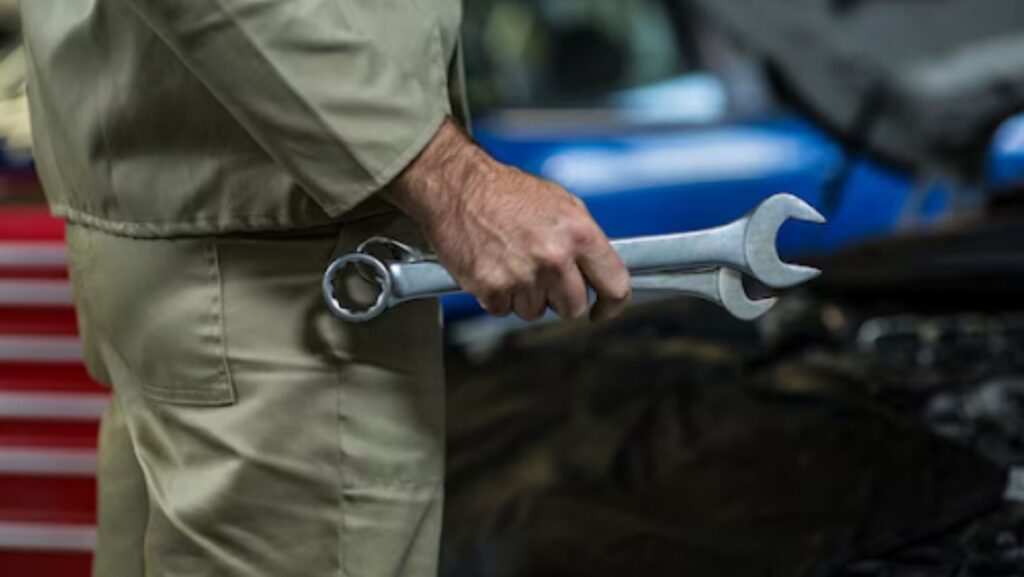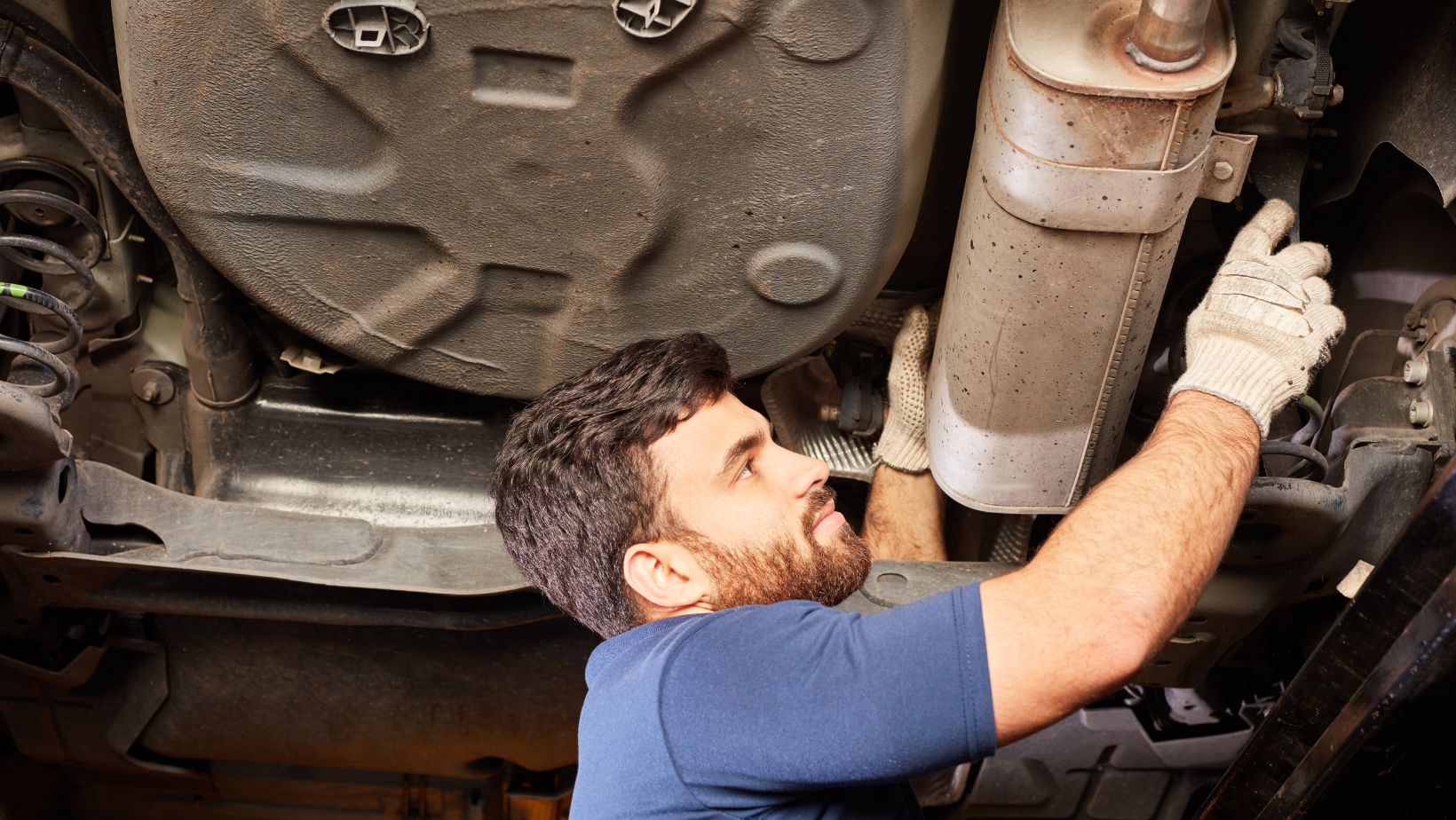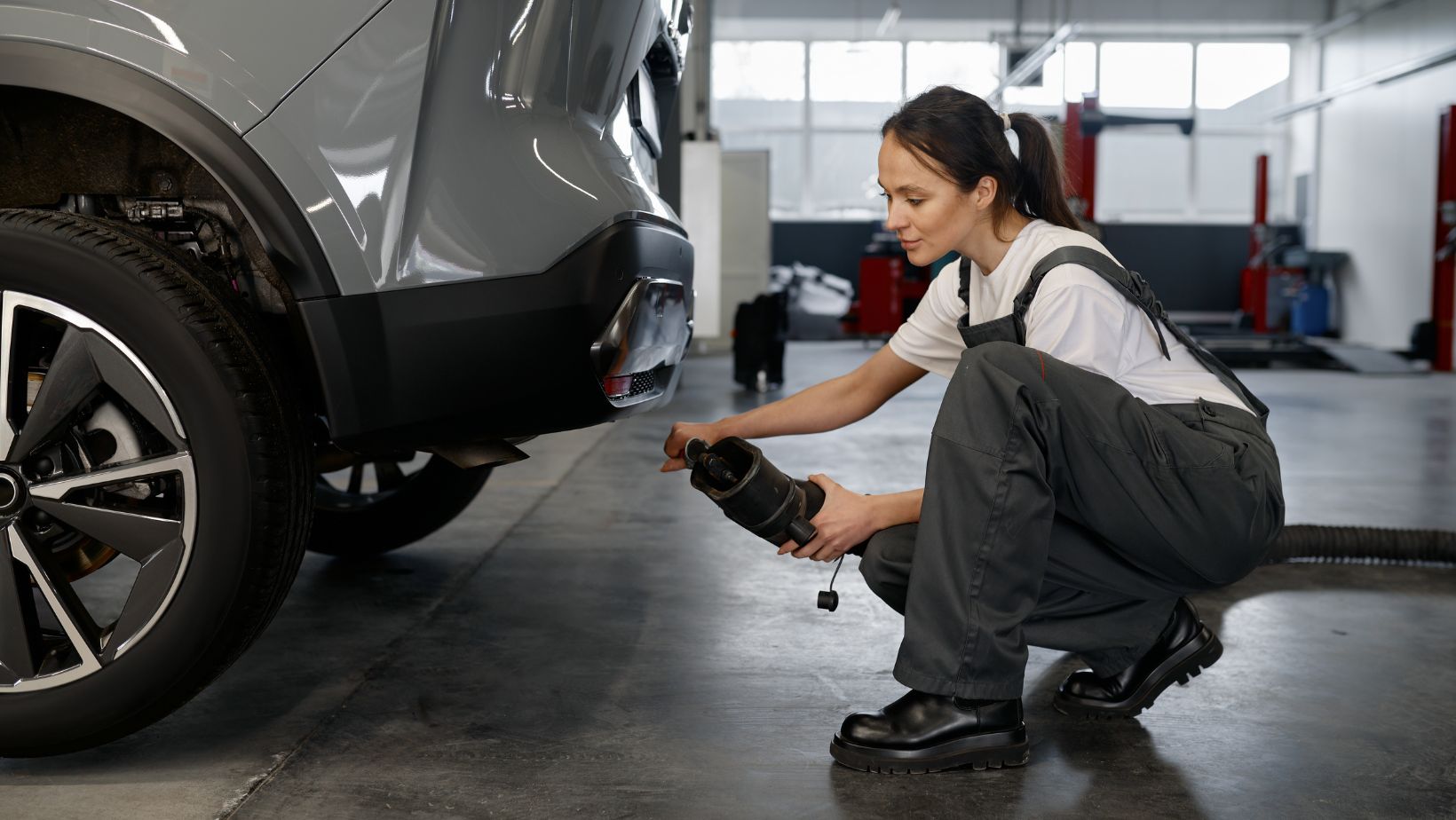
Choosing a new emission control component requires careful consideration of multiple factors to ensure optimal performance and longevity. Vehicle owners often face this challenging decision when their existing unit shows signs of deterioration or complete failure.
Before investing in a new emission control unit, consider recovering some costs from your old one. Check https://autocatalystmarket.com/en/articles/where-to-sell-your-catalytic-converter-for-scrap at Autocatalyst, where specialists evaluate used units based on their precious metal content, offering competitive prices for recycling.
Essential Selection Criteria
The right emission control unit significantly impacts your vehicle’s performance and efficiency. Consider these crucial factors when making your selection:
- Vehicle Compatibility. Original equipment manufacturers design specific emission systems for different engine types and vehicle models, considering factors like engine displacement, fuel type, and performance characteristics that determine the required filtering capacity and internal design specifications.
- Performance Requirements. Regional emission standards and driving conditions influence the type of unit needed, while consideration of typical driving patterns helps determine the optimal filtering capacity and design features that best match your vehicle’s operating environment.
- Material Quality. Premium units featuring advanced ceramic substrates and precise precious metal loadings often deliver superior performance and durability compared to budget alternatives that might save money initially but require more frequent replacement.

Professional installation ensures proper fitment and optimal performance while considering mounting points, sensor locations, and compatibility with existing engine management systems to prevent potential issues after installation.
Quick Installation and Maintenance Checklist
Proper installation and maintenance practices significantly affect system performance. Keep these points in mind:
- Check all mounting hardware.
- Verify sensor connections.
- Inspect surrounding components.
- Test system operation.
- Monitor performance.
- Schedule regular inspections.
- Document maintenance activities.
Professional installation eliminates common pitfalls while ensuring optimal system performance. Regular maintenance checks help identify potential issues before they develop into serious problems requiring expensive repairs or premature replacement. Remember to keep detailed maintenance records, as they prove invaluable for tracking system performance and anticipating future maintenance needs.

Understanding these aspects helps make an informed decision when selecting a new emission control unit. Consulting with qualified technicians and researching manufacturer recommendations ensures compatibility and performance that meets your specific needs. While premium units might cost more initially, they often provide better value through extended service life and improved reliability.







